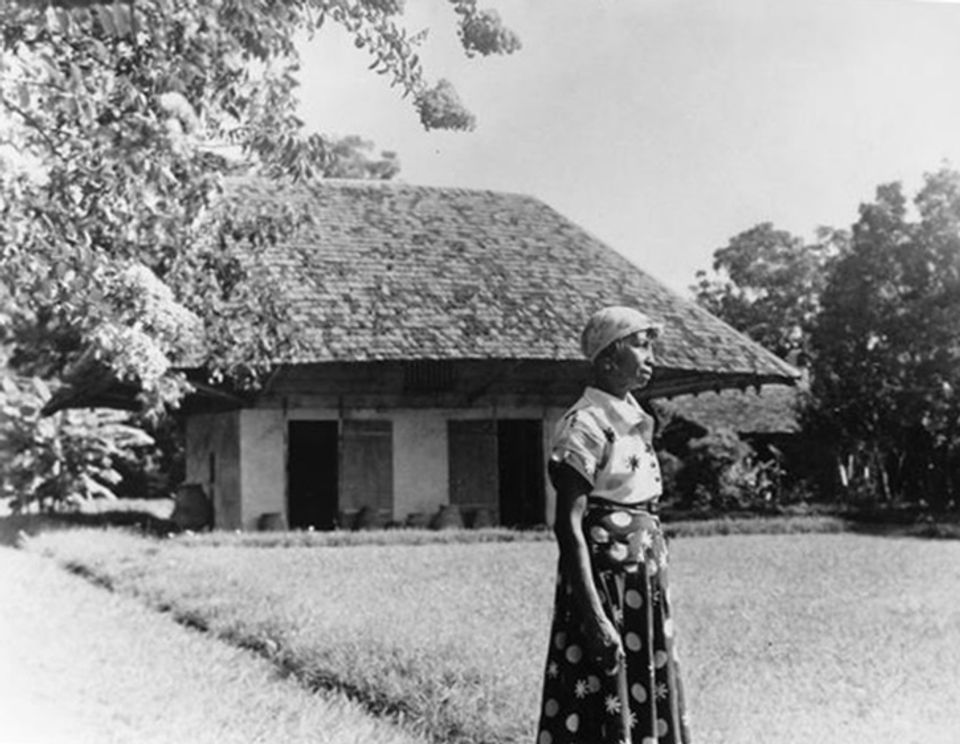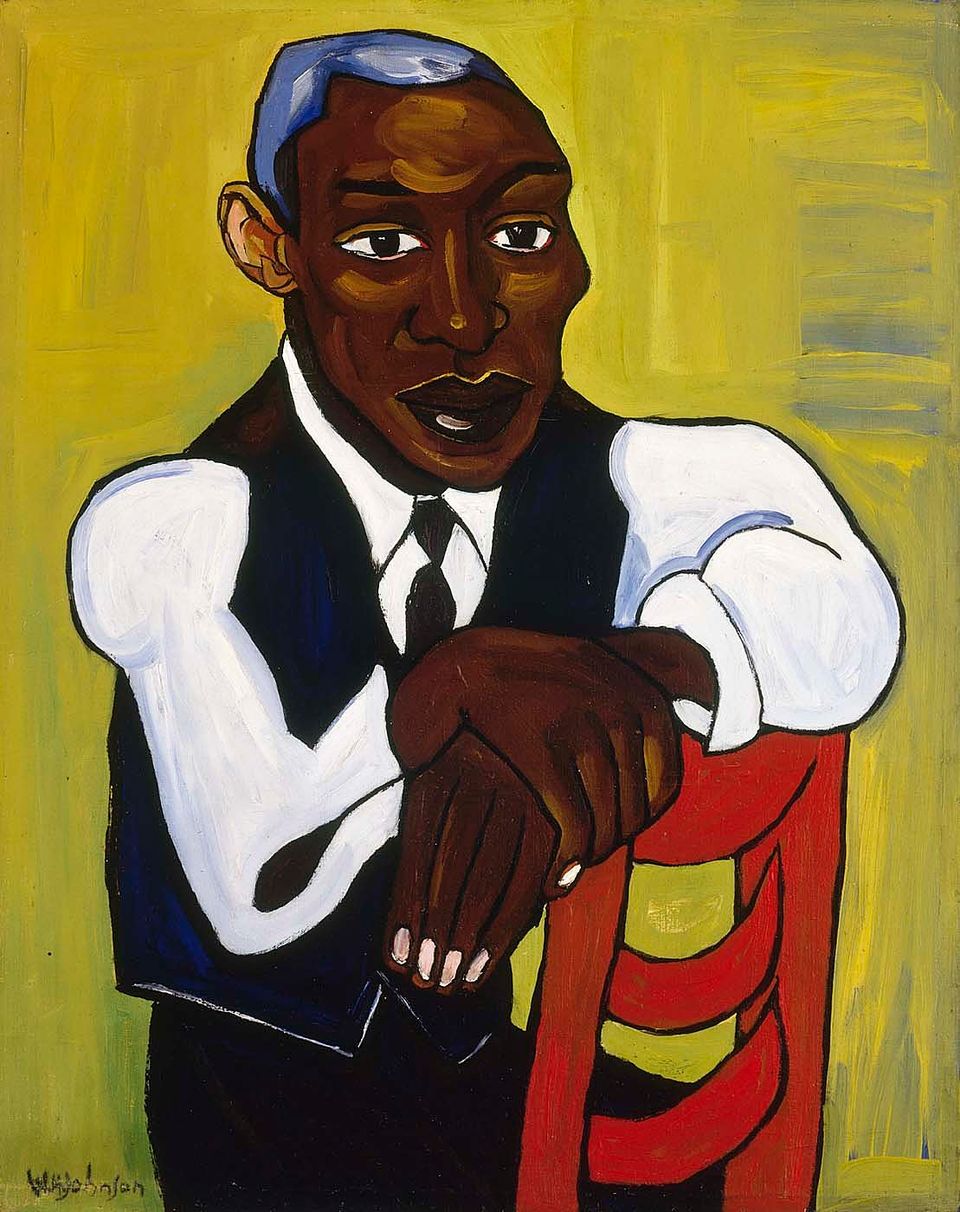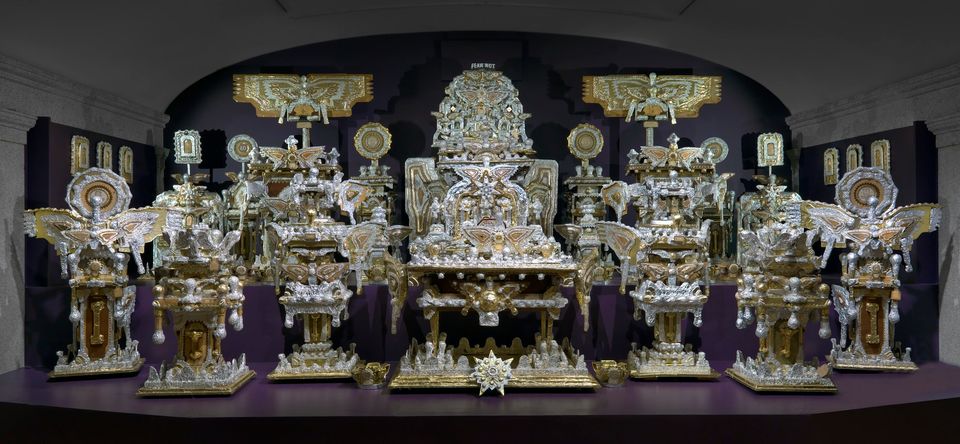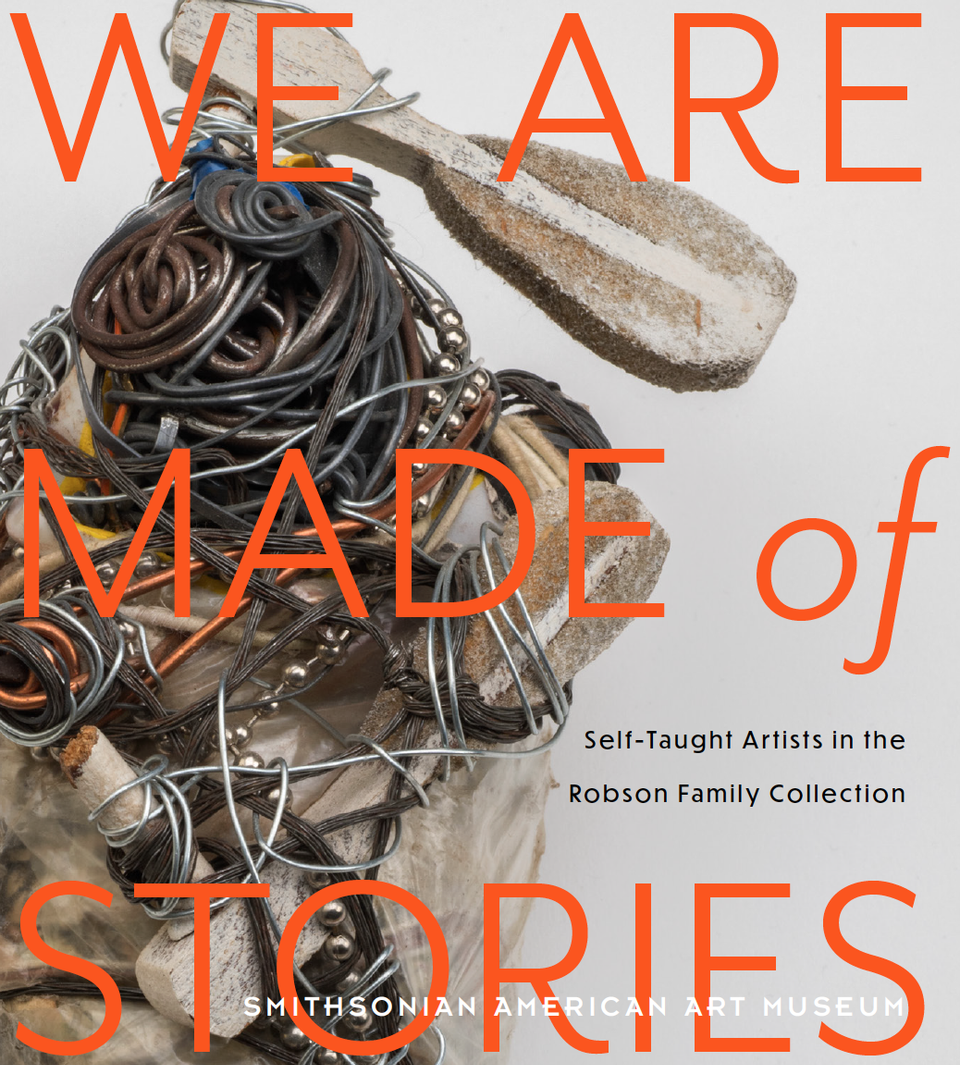Artist
Clementine Hunter
born near Cloutierville, LA 1886/7-died near Natchitoches, LA 1988

- Biography
- On a Louisiana plantation built on the labor of enslaved workers and reinvented, in the twentieth century, as an artists’ and writers’ retreat, Clementine Hunter painted everyday scenes she felt historians overlooked. Black Americans in her Cane River community dominate narrative images in which the artist reclaimed cultural pride and conveyed her multifaceted spiritual and ethnic identity. Hunter made pictorial quilts and small paintings, but her most iconic works include nine room-size murals painted in 1955, inside a building at Melrose Plantation called African House. The paintings reflect on personal memories but carry persistent undertones of protest regarding both race and gender. Particularly noteworthy in Hunter’s work are her portrayals of Black women as strong, caring, capable people who give foundation to their entire community. In the last decade of her life, Hunter’s dreams of independence were realized, when the sales from her art enabled her to buy a house trailer and depict that place—humble but hers—as home.
(We Are Made of Stories: Self-Taught Artists in the Robson Family Collection, 2022)
Exhibitions
August 31, 2016–February 28, 2017
In celebration of the 2016 Grand Opening of the National Museum of African American History and Culture, SAAM will display 184 of its most important artworks by African Americans.
May 31, 2024–January 5, 2025
The artists in Subversive, Skilled, Sublime: Fiber Art by Women mastered and subverted the everyday materials of cotton, felt, and wool to create deeply personal artworks.
October 21, 2016–January 31, 2030
SAAM’s collection of folk and self-taught art represents the powerful vision of America’s untrained and vernacular artists.

















